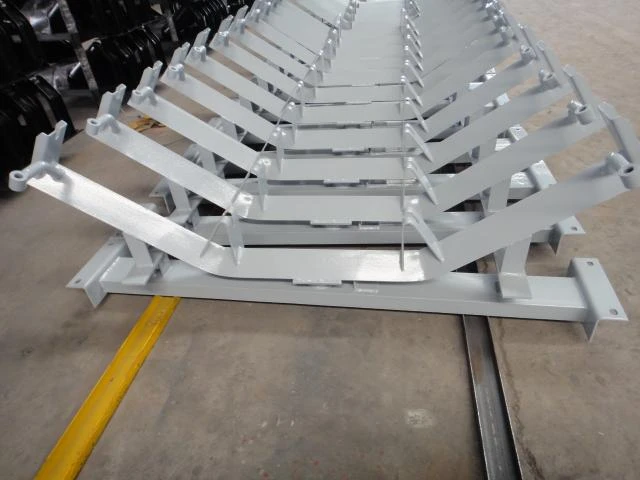 Afrikaans
Afrikaans  Albanian
Albanian  Amharic
Amharic  Arabic
Arabic  Armenian
Armenian  Azerbaijani
Azerbaijani  Basque
Basque  Belarusian
Belarusian  Bengali
Bengali  Bosnian
Bosnian  Bulgarian
Bulgarian  Catalan
Catalan  Cebuano
Cebuano  Corsican
Corsican  Croatian
Croatian  Czech
Czech  Danish
Danish  Dutch
Dutch  English
English  Esperanto
Esperanto  Estonian
Estonian  Finnish
Finnish  French
French  Frisian
Frisian  Galician
Galician  Georgian
Georgian  German
German  Greek
Greek  Gujarati
Gujarati  Haitian Creole
Haitian Creole  hausa
hausa  hawaiian
hawaiian  Hebrew
Hebrew  Hindi
Hindi  Miao
Miao  Hungarian
Hungarian  Icelandic
Icelandic  igbo
igbo  Indonesian
Indonesian  irish
irish  Italian
Italian  Japanese
Japanese  Javanese
Javanese  Kannada
Kannada  kazakh
kazakh  Khmer
Khmer  Rwandese
Rwandese  Korean
Korean  Kurdish
Kurdish  Kyrgyz
Kyrgyz  Lao
Lao  Latin
Latin  Latvian
Latvian  Lithuanian
Lithuanian  Luxembourgish
Luxembourgish  Macedonian
Macedonian  Malgashi
Malgashi  Malay
Malay  Malayalam
Malayalam  Maltese
Maltese  Maori
Maori  Marathi
Marathi  Mongolian
Mongolian  Myanmar
Myanmar  Nepali
Nepali  Norwegian
Norwegian  Norwegian
Norwegian  Occitan
Occitan  Pashto
Pashto  Persian
Persian  Polish
Polish  Portuguese
Portuguese  Punjabi
Punjabi  Romanian
Romanian  Russian
Russian  Samoan
Samoan  Scottish Gaelic
Scottish Gaelic  Serbian
Serbian  Sesotho
Sesotho  Shona
Shona  Sindhi
Sindhi  Sinhala
Sinhala  Slovak
Slovak  Slovenian
Slovenian  Somali
Somali  Spanish
Spanish  Sundanese
Sundanese  Swahili
Swahili  Swedish
Swedish  Tagalog
Tagalog  Tajik
Tajik  Tamil
Tamil  Tatar
Tatar  Telugu
Telugu  Thai
Thai  Turkish
Turkish  Turkmen
Turkmen  Ukrainian
Ukrainian  Urdu
Urdu  Uighur
Uighur  Uzbek
Uzbek  Vietnamese
Vietnamese  Welsh
Welsh  Bantu
Bantu  Yiddish
Yiddish  Yoruba
Yoruba  Zulu
Zulu idler frame
Exploring the Concept of the Idler Frame An Essential Element of Design and Functionality
In the realm of machinery and mechanical engineering, the term idler frame often arises in discussions regarding optimal design and functionality. But what exactly does this term signify, and why is it essential in various applications? This article delves into the intricacies of the idler frame, its purpose, its applications, and its significance in enhancing performance and efficiency.
Understanding the Idler Frame
An idler frame refers to a structural component that supports idler rollers or wheels, which are crucial for guiding conveyor belts or moving parts in machinery. The idler itself is a pulley or roller that does not drive the system but rather assists in maintaining tension and directing the path of conveyor belts. This setup ensures that the transport of materials, whether in a factory, mining site, or other industrial environments, occurs smoothly and efficiently.
The purpose of the idler frame is to provide a robust structure that can withstand the mechanical stress imposed by the conveyor system and the material being transported. It serves as a foundation that typifies stability, aligning the idler rollers properly to prevent misalignment—one of the primary causes of wear and inefficiency in conveyor systems.
Design Considerations
When designing an idler frame, several factors must be taken into account
. First and foremost, the material used for the frame must be durable enough to withstand wear and tear from continuous operation. Common materials include steel and high-strength alloys that resist deformation under heavy loads. Additionally, the frame must be designed to accommodate the necessary adjustments in height and orientation based on the system's layout and the materials being transported.Moreover, engineers pay close attention to the spacing and arrangement of the idler rollers within the frame. Proper spacing is critical for minimizing friction and maximizing efficiency. Ideally, an idler frame should allow for a smooth transition of the conveyor belt while maintaining an adequate tension. This involves carefully calculating the idler roll diameter and spacing to achieve optimal performance without excessive strain on the belt or the components.
idler frame

Applications
Idler frames play a vital role in various industries, primarily in material handling and mining operations. For example, in a coal mining facility, an efficient conveyor system is paramount for transporting extracted materials. The idler frame ensures that the conveyor belt runs smoothly, minimizing the risk of belt failure and maximizing throughput.
Besides mining, idler frames are equally critical in manufacturing settings where continuous transport of goods is necessary. Automated factories rely heavily on conveyor systems equipped with idler frames to manage the flow of products without interruptions, ensuring efficiency in production lines.
Significance in Enhancing Performance
The effectiveness of an idler frame directly correlates to the overall performance of a conveyor system. A well-designed idler frame can reduce operational costs by reducing maintenance needs and extending the operational lifespan of the conveyor belt. Improved alignment and tension also result in better energy efficiency, as less power is required to maintain the movement of the belt.
Moreover, safety is another paramount consideration. A sturdy and correctly aligned idler frame minimizes the risk of accidents caused by breaking or misalignment of components. This aspect is particularly crucial in industrial environments where mismanaged equipment can pose significant risks to workers.
Conclusion
In conclusion, the idler frame is a fundamental component in the design and operation of conveyor systems across various industries. Its significance lies not only in guiding and supporting the conveyor belt but also in enhancing the overall efficiency and safety of material handling processes. As industries continue to evolve and seek greater efficiencies, the importance of robust and well-engineered idler frames will undoubtedly remain central to modern mechanical design. By understanding the principles behind idler frames, engineers and stakeholders can ensure that their systems operate smoothly and efficiently, paving the way for future advancements in technology and design.
-
Revolutionizing Conveyor Reliability with Advanced Rubber Lagging PulleysNewsJul.22,2025
-
Powering Precision and Durability with Expert Manufacturers of Conveyor ComponentsNewsJul.22,2025
-
Optimizing Conveyor Systems with Advanced Conveyor AccessoriesNewsJul.22,2025
-
Maximize Conveyor Efficiency with Quality Conveyor Idler PulleysNewsJul.22,2025
-
Future-Proof Your Conveyor System with High-Performance Polyurethane RollerNewsJul.22,2025
-
Driving Efficiency Forward with Quality Idlers and RollersNewsJul.22,2025





























